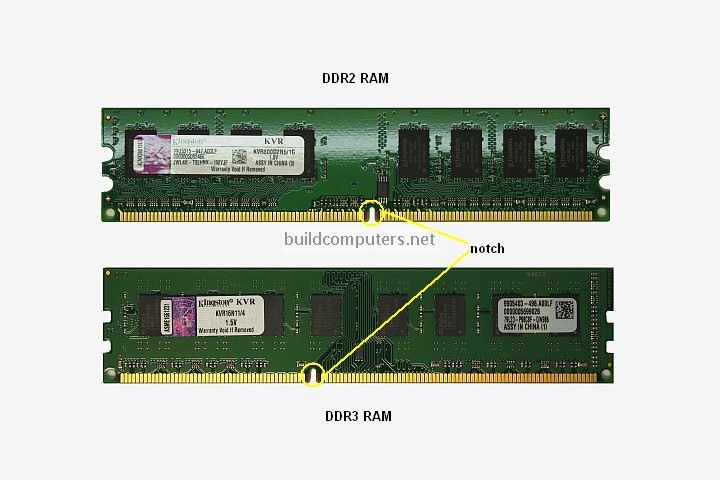
A flip-flop, while requiring six transistors, has the advantage of not needing to be refreshed. Static RAM, on the other hand, uses flip-flops, which can be in one of two stable states that the support circuitry can read as either a 1 or a 0. This is also where the “Dynamic” in Dynamic RAM originates, since it refers to the refreshing necessary to retain the data.īecause of the need to constantly refresh data, which takes time, DRAM is slower. This is called refreshing and occurs thousands of times per second in a DRAM chip. To do this, the memory controller reads the data and then rewrites it. Thus, in order for a DRAM chip to work, the CPU or memory controller must recharge the capacitors that are filled with electrons (and therefore indicate a 1) before they discharge in order to retain the data. However, capacitors have a leakage that causes them to lose this charge, and as a result, the “container” becomes empty after just a few milliseconds. When this container is full, it designates a 1, while a container empty of electrons designates a 0. In terms of function, a capacitor is like a container that stores electrons. The transistor functions as a switch that allows the control circuitry on the memory chip to read the capacitor or change its state, while the capacitor is responsible for holding the bit of data in the form of a 1 or 0.


For a technical, in-depth explanation of how DRAM and SRAM work, see this engineering lecture from the University of Virginia.Įach memory cell in a DRAM chip holds one bit of data and is composed of a transistor and a capacitor. The structures of both types of RAM are responsible for their main characteristics as well as their respective pros and cons. The following video explains the different types of memory used in a computer - DRAM, SRAM (such as used in a processor's L2 cache) and NAND flash (e.g.


 0 kommentar(er)
0 kommentar(er)
